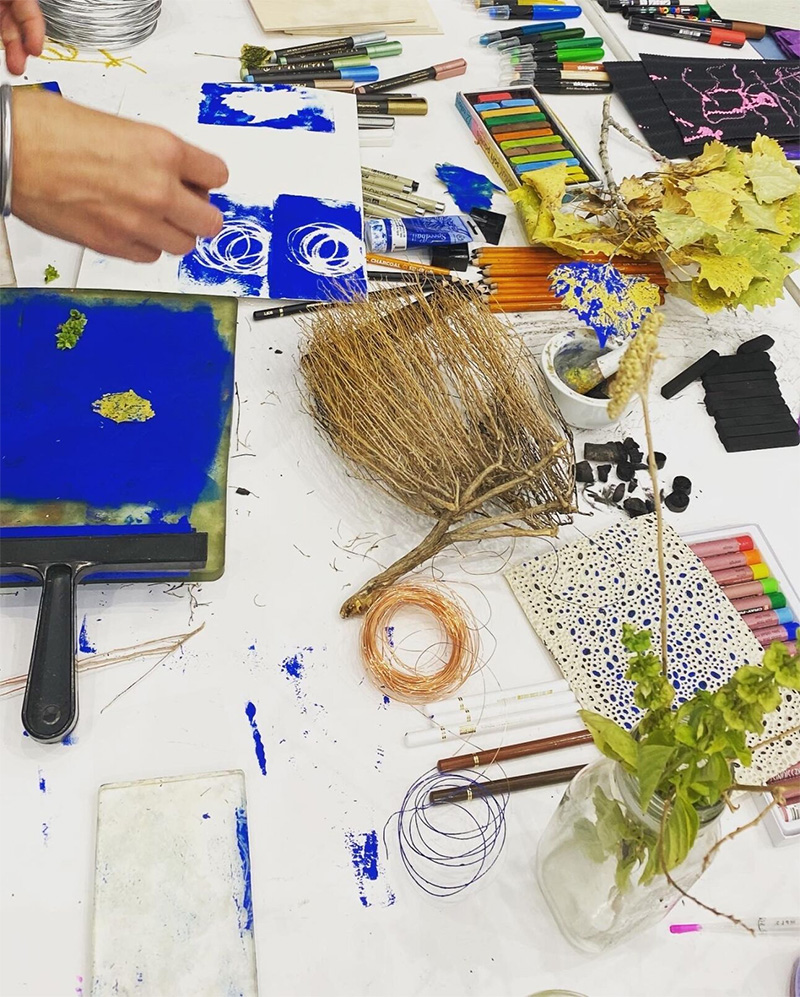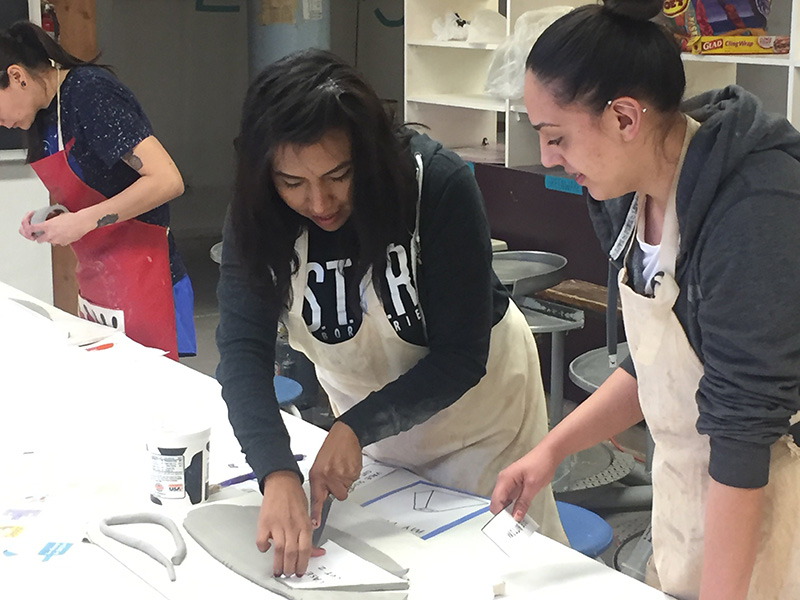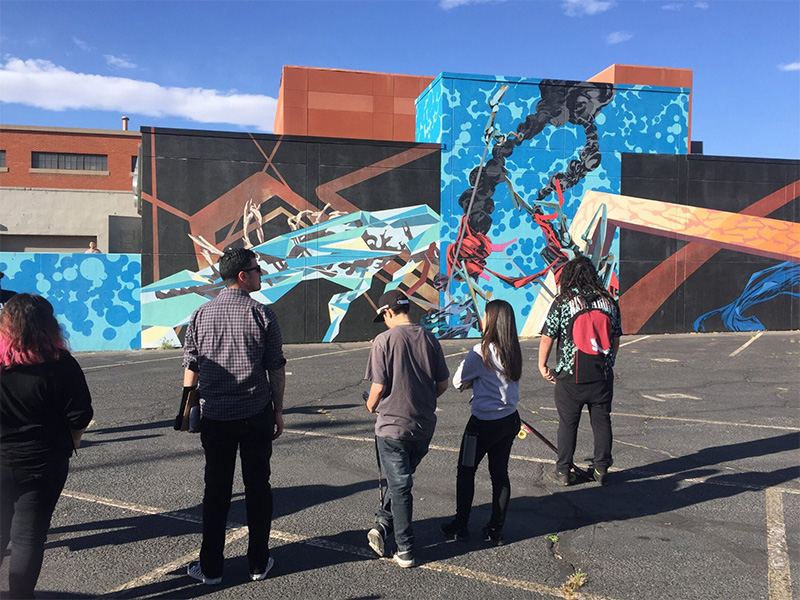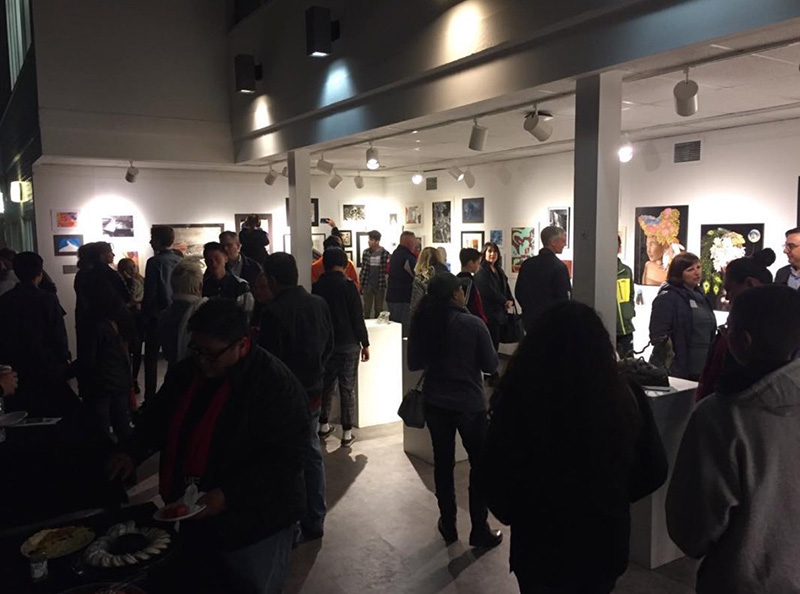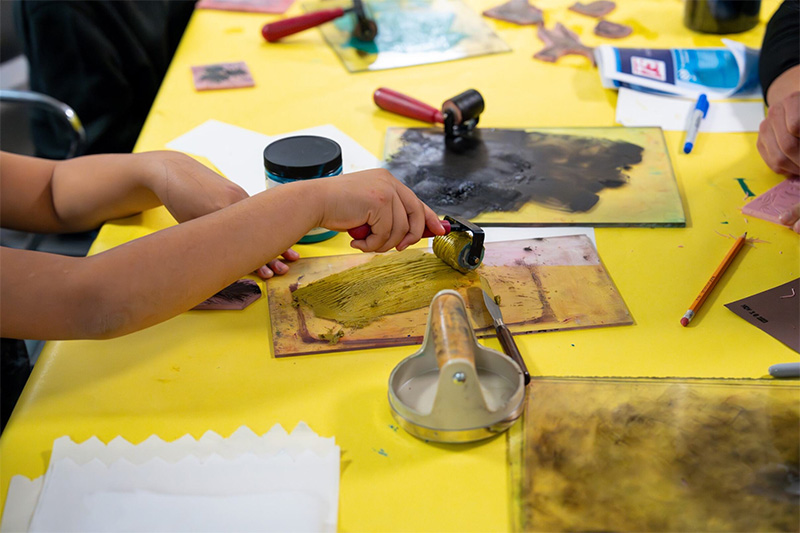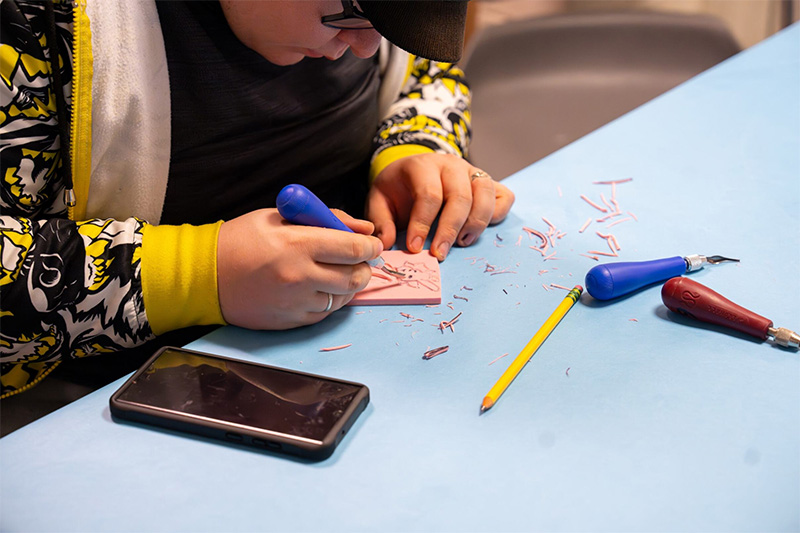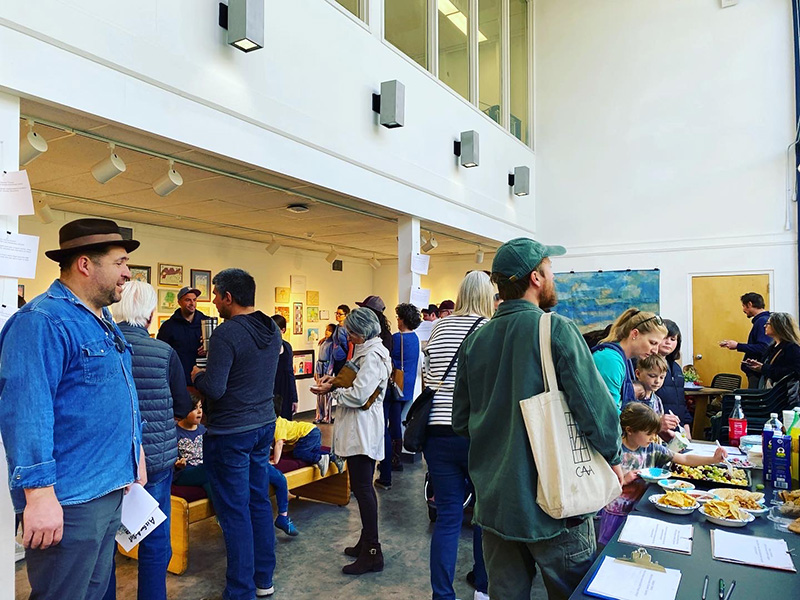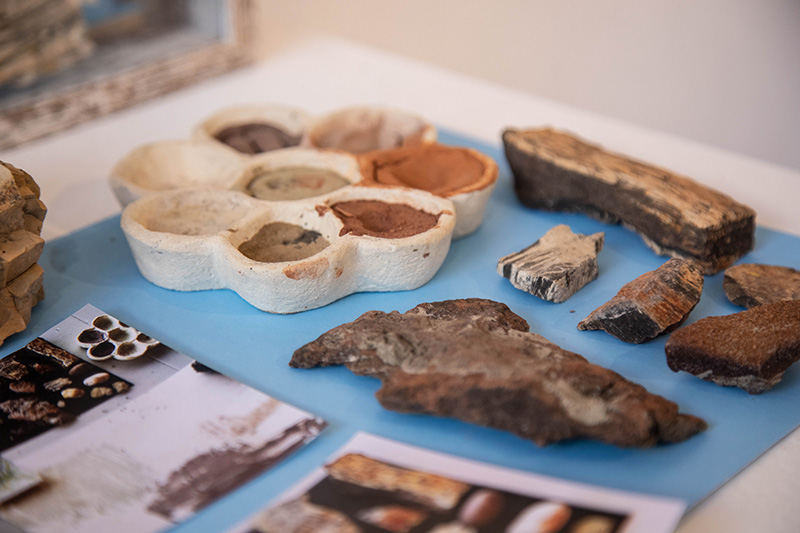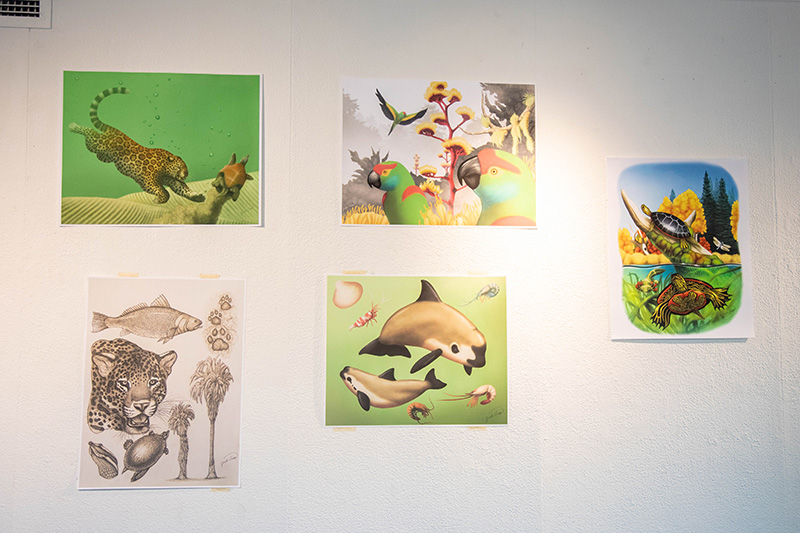Art Education
The University of New Mexico art education program is grounded in interweaving theory and practice through experiential learning, artmaking as inquiry, and cultivating interdisciplinary pedagogical approaches.
The foundation of the program is based on the understanding that art making is a form of inquiry–a way to research, study, and comprehend diverse learners’ psychological, cultural, and social phenomena.
Through coursework, field experiences, and seminars, students cultivate a personal art pedagogy for working with a broad range of learners, from young children through adults, within diverse art education contexts. Students learn approaches for teaching technical skills through diverse materials and processes, facilitating conceptual and critical thinking, and developing learners’ aesthetic awareness.
Art Education Program Concentrations
We offer five different programs of studies in visual art education, with three options that prepare students with the coursework and teaching practicum experiences required to apply for New Mexico Visual Arts preK-12 Licensure:
- Bachelor of Arts (B.A. in Art Education) with Licensure
- Bachelor of Arts (B.A. in Art Education) without Licensure
- Post-Baccalaureate in Art Education with Licensure
- Master of Arts (M.A. in Art Education) with Licensure
- Master of Arts (M.A. in Art Education) without Licensure
UNM art education is the only PreK-12th grade visual art teacher preparation program recognized by the New Mexico Public Education Department (NMPED). Beyond the licensure options, the other programs of study offer opportunities for students to investigate alternative areas of art education, including art museum education and community-based art programs.
The non-licensure option allows students to choose a concentration in art education such as museums, community-based settings, and arts administration. In place of student teaching, students do an internship in a relevant professional setting.
Per state licensure requirements, the student’s existing degree includes a minimum total of twenty-four hours in the visual art content area (studio art and/or art history) with twelve or more hours in the content area completed at the 300-level or higher. All students in licensure-track options are required to pass state-sanctioned licensure examinations before being eligible to apply for a teaching license.
Both programs of study promote a deeper investigation of theoretical foundations, contemporary art pedagogies, art teacher-researcher reflective practices, community connections, emerging questions, and contemporary issues related to the field. Practicing licensed art teachers can also use the non-licensure graduate program to advance to a higher level within the New Mexico Public Education Department’s (NMPED) licensure system.
Graduate students have opportunities to work closely with art education faculty to develop their personal research interests through independent studies and communities of practice. The M.A. in Art Education can be used to prepare graduates to research, serve, and advocate within the field of art education and can be used as a prerequisite in continuing to a doctorate degree in art education or a related concentration. All graduate students are required to complete a capstone research project before graduation. Students have four capstone research options to choose from including a thesis project, an action research project, an art curriculum development project, or an exhibition project with an educational component.
Seeking Applications!
National Endowment for the Humanities 2025 K-12 Educators Summer Institute: Reimagining the US Mexican Border Through Multimodal Storytelling
UNM Art Education has determined that its curriculum meets the state educational requirements for licensure or certification in New Mexico. UNM Art Education has not made the determination that its curriculum meets the state education requirements for licensure or certification in all other states, and students interesting in exploring reciprocity in teaching licensure in another state need to contact the licensing organization for that state.



